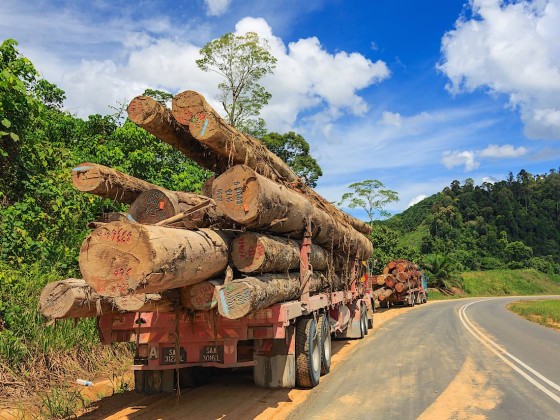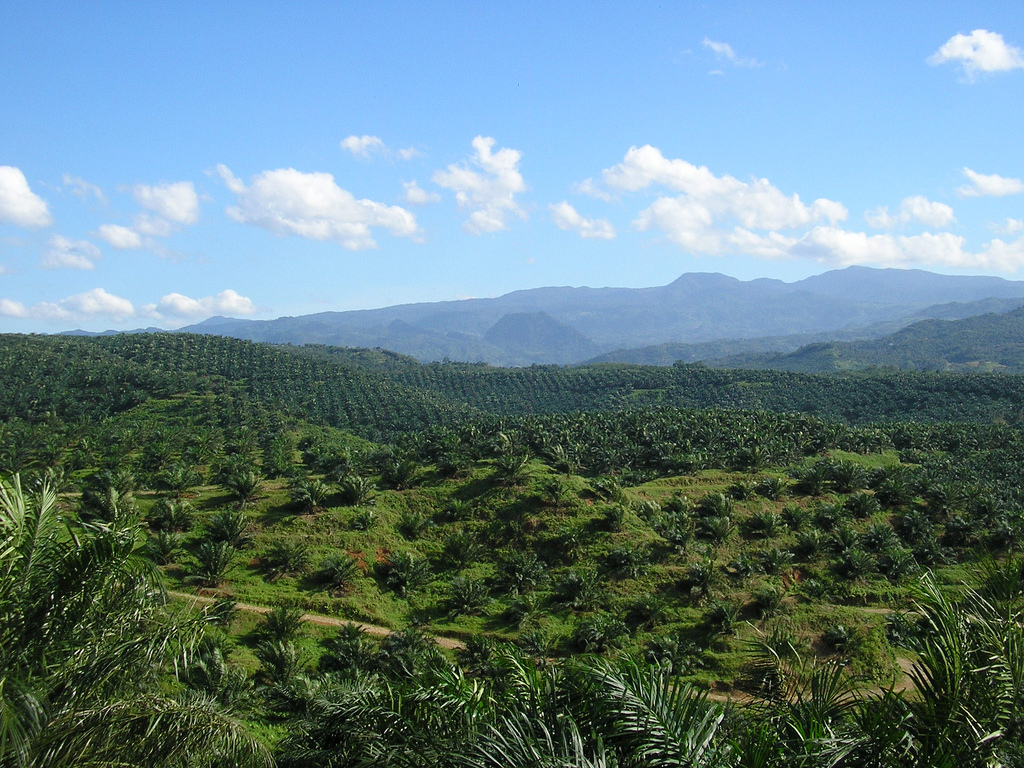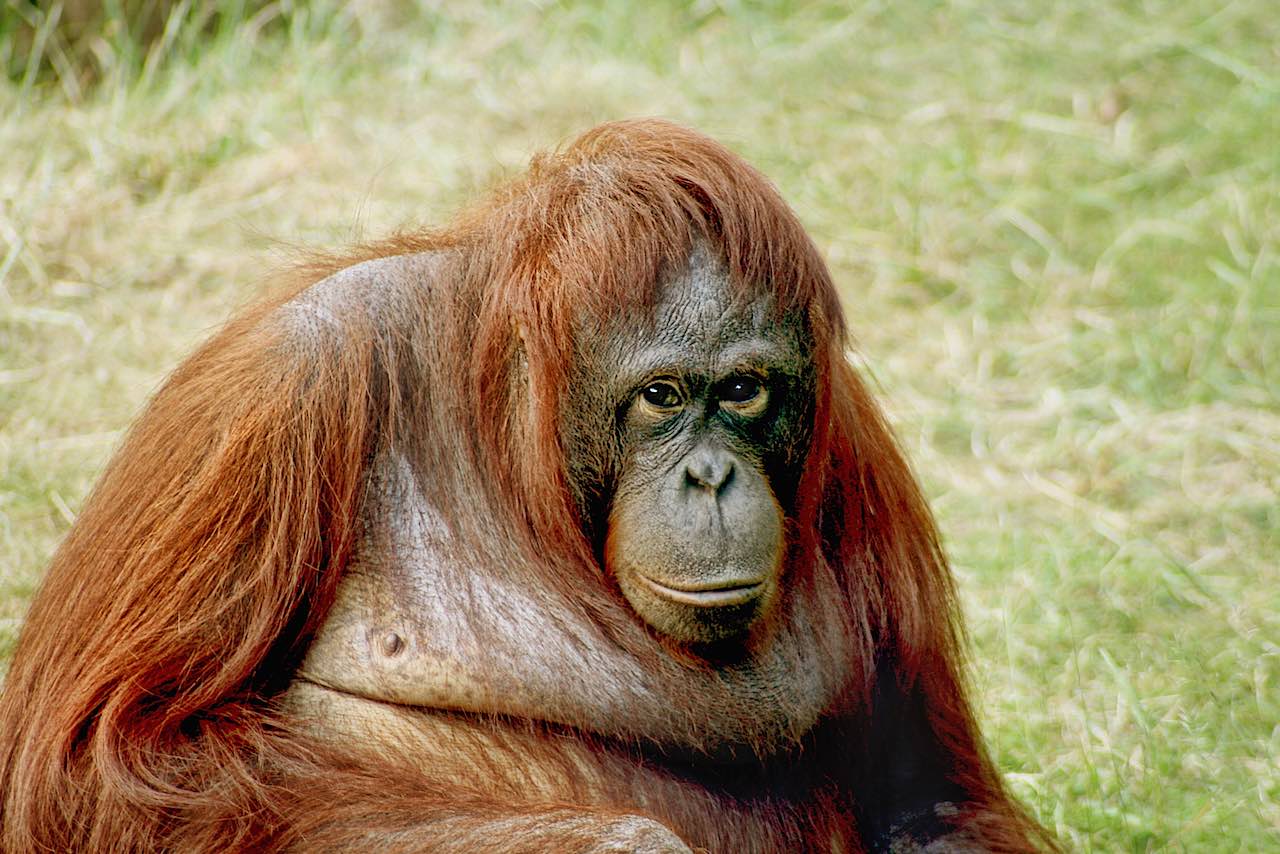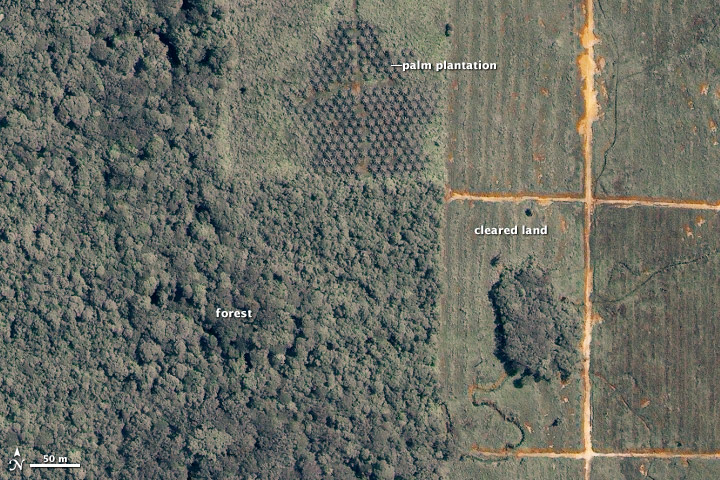In September and October 2015, one of the worst environmental disasters of the 21st century happened in Indonesia. And despite its apocalyptic consequences, the story was largely ignored by the western media.
In order to clear the Indonesian rain forest for a palm oil, it was lit completely on fire. A toxic cloud of haze resulted, hanging over Indonesia, Malaysia and Singapore for weeks. The haze killed people and endangered wildlife, and put the lives of millions of others at risk -– all for the benefit of a selected few.




